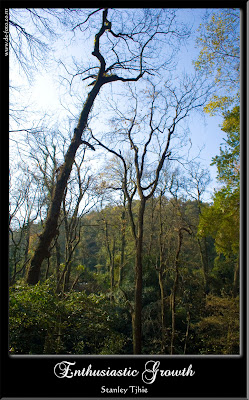Squat for Knowledge
I watched a youtube video which says, "They (China) have more first class honors than we (America) have children." Of course I can't verify where the actual source is from, but you can see an example of how hardworking are these people. Squatting on the grass during the winter December. Why don't they sit down? Maybe because the ground is too cold.
In most universities, First-Class Honours is the highest honours which can be achieved, with about 10% of candidates achieving a First nationally.
A minority of universities award First-Class Honours with Distinction, informally known as a "Starred First" (Cambridge) or a "Congratulatory First" (Oxford). These are seldom awarded. In Oxford, the Congratulatory First involves a ceremony where examiners give a standing ovation.
A "Double First" can refer to First-Class Honours in two separate subjects, e.g., Classics and Mathematics, or alternatively to First-Class Honours in the same subject in subsequent examinations, such as subsequent Parts of the Tripos at the University of Cambridge. At Oxford, this term normally refers to a First in both Honour Moderations and the Final Honour School.
A Cambridge "Double First" originally referred to a first in two different Triposes. The phrase "Double First" originally referred to people who got firsts in both the classical and mathematical Triposes ("double men"). The two-Tripos criterion for a "double first", even in vaguely related subjects as English and History, constitutes a far higher hurdle than simply repeating the same performance in competition with the same students in a Part II of the same Tripos; it is harder because the subject matter is different, and the candidate has to reach a mark of excellence in competition with people who would have been studying the subject for longer at university level.
(courtesy of wikipedia.com)



































